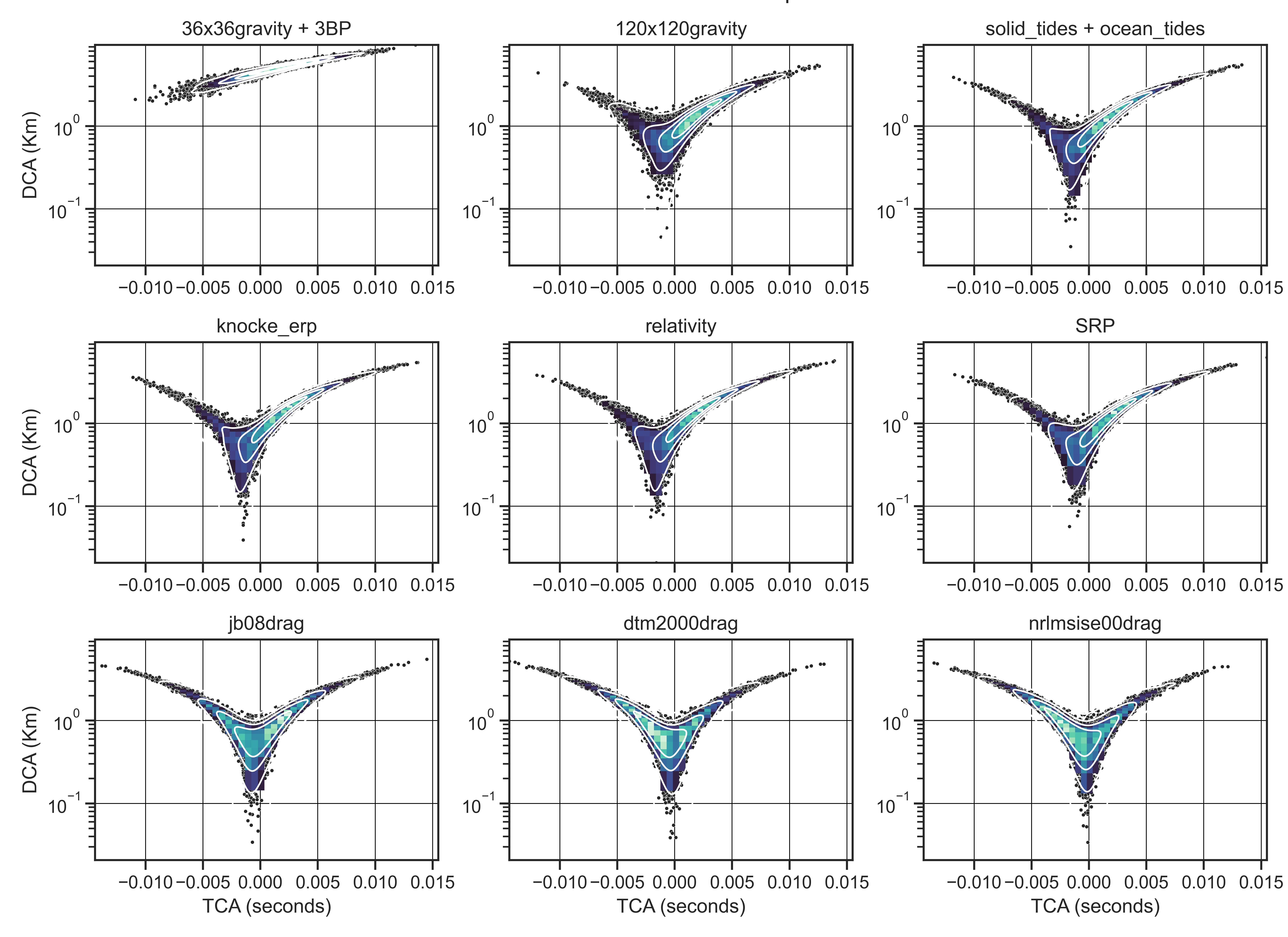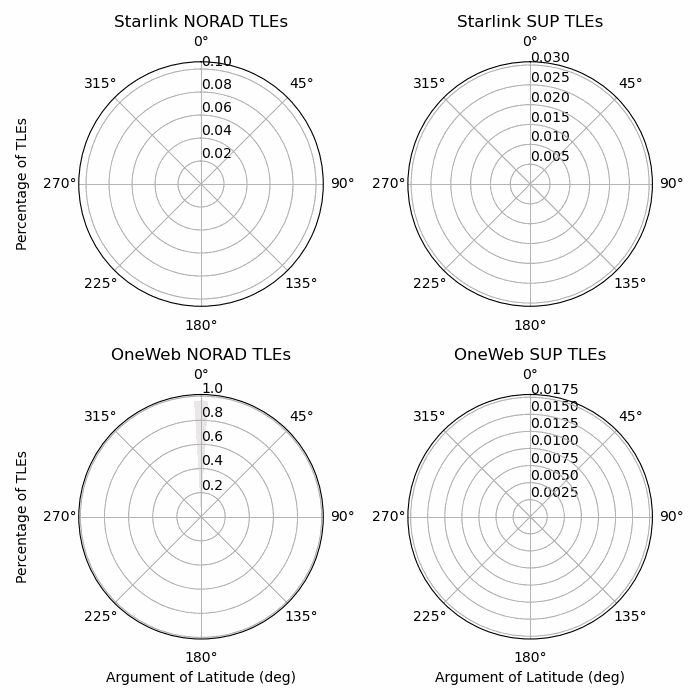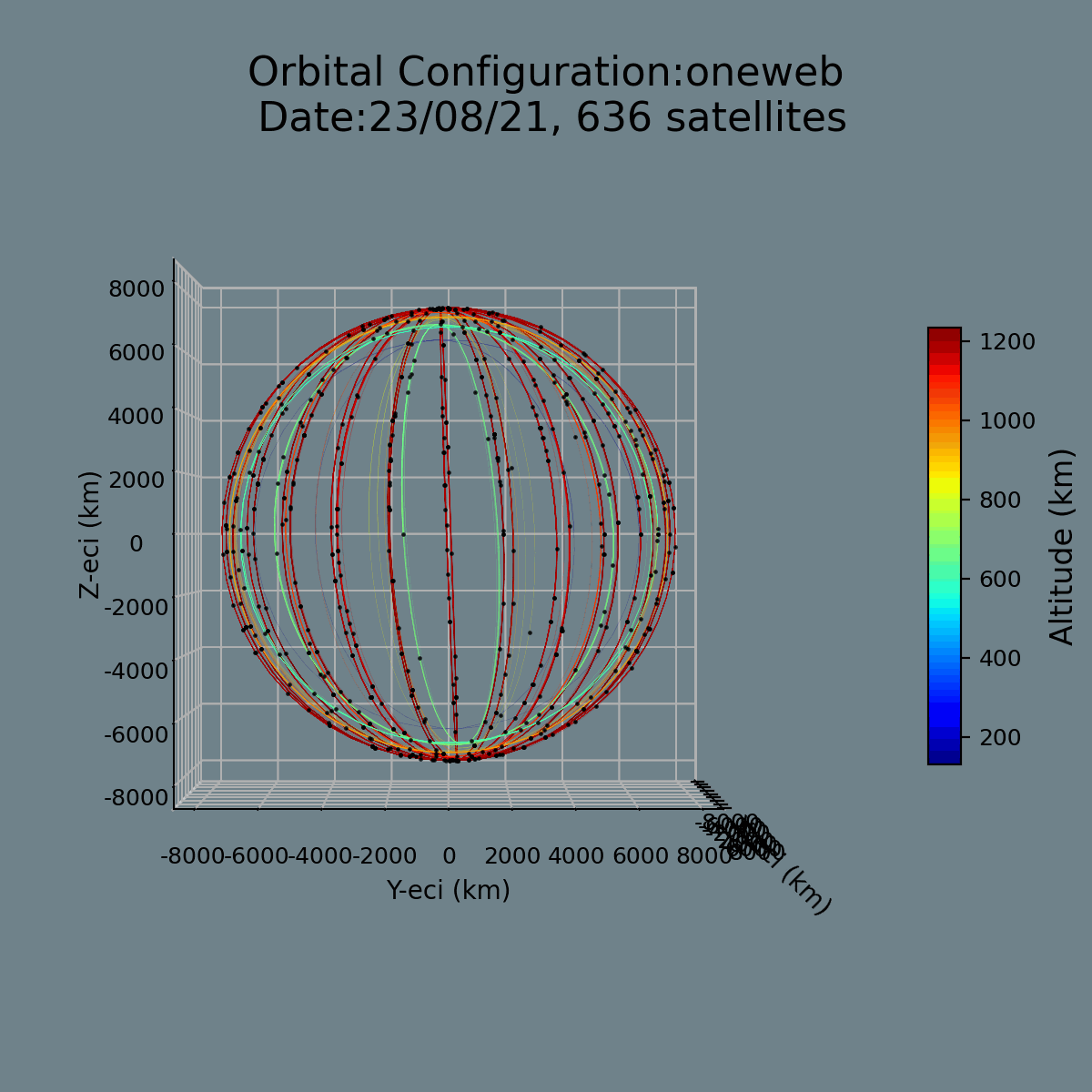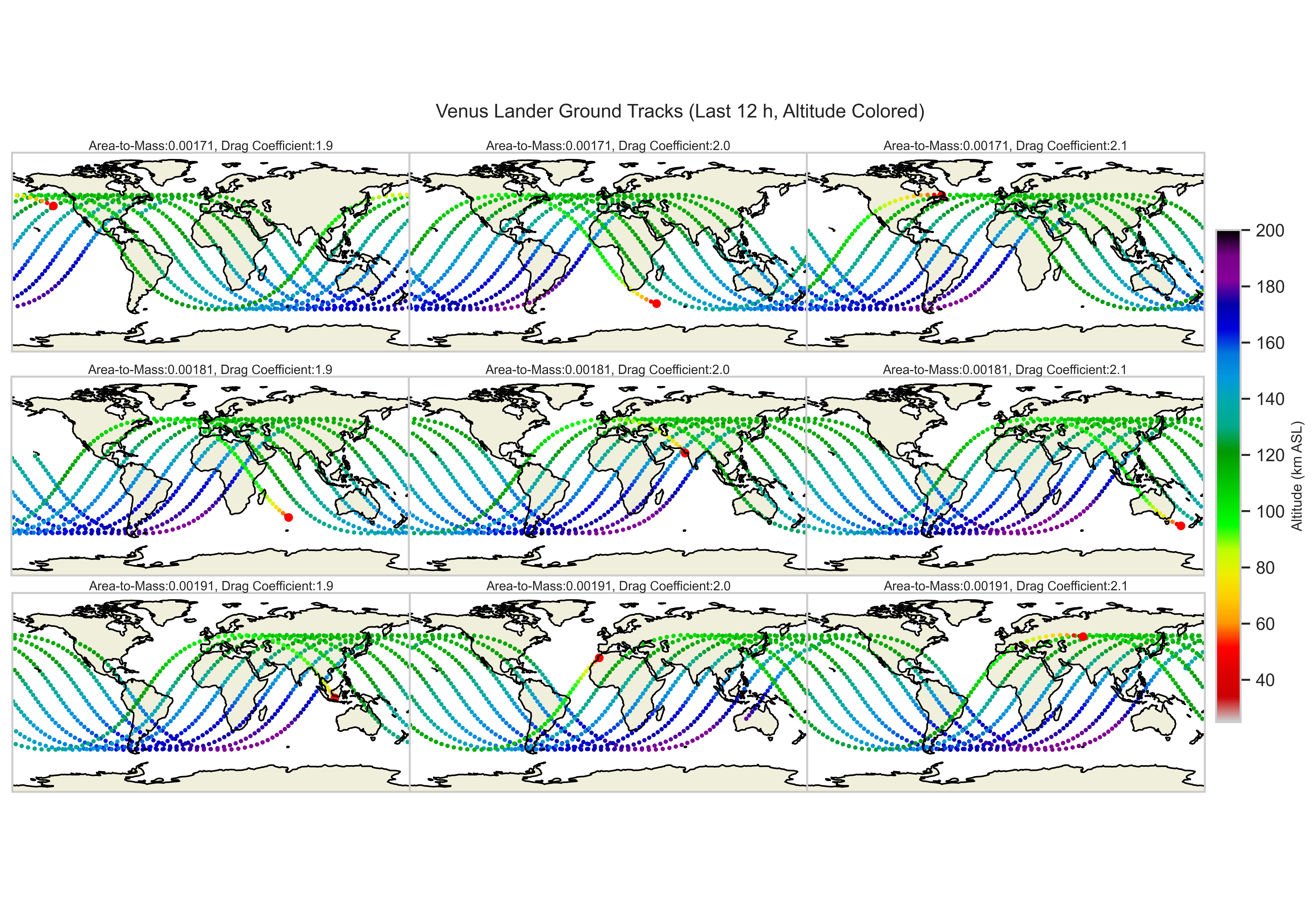Page Not Found
Page not found. Your pixels are in another canvas.
A list of all the posts and pages found on the site. For you robots out there is an XML version available for digesting as well.
Page not found. Your pixels are in another canvas.
This is a page not in th emain menu
Workspace Gallery
Published:
This post was intended as the start of a series on how to make a Twitter constellation visualization bot. However, recent updates to the Twitter API have meant that the repetitive nature of the posts have blocked the bot so I will be stopping this effort. I tried to modify my code to work with the new API but it has proved too time-consuming. Instead, I will be posting these GIFs to my personal website on a dedicated page.
Published:
Now for a bit of a technical one… This posts assumes you have some knowledge of TLEs and orbital mechanics. But even if you don’t I think there will be something of interest here for you anyway.
Published:
Keeping track of objects in space is no easy task. The first real concerted effort to systematically track earth orbiting satellites started back in 1957, with the launch of Sputnik 1. The US government quickly realized they needed a way to keep track of all the objects in space and thus, Project Space Track was born. In the early days, tracking was done through a combination of radar, telescopes, radio, and even citizen observations. These observations were then manually reduced, and corrections were determined in order to generate orbital elements that could be used for predictions.
Advanced force modeling for operational space missions.
Argument of Latitude at which TLEs are produced for the two largest constellations based on TLE source.
Data visualization of resident space objects across time-scales is one of the specialities of the group. 
Medium-term modelling of the space environment. 
Data visualization of resident space objects across time-scales is one of the specialities of the group. 